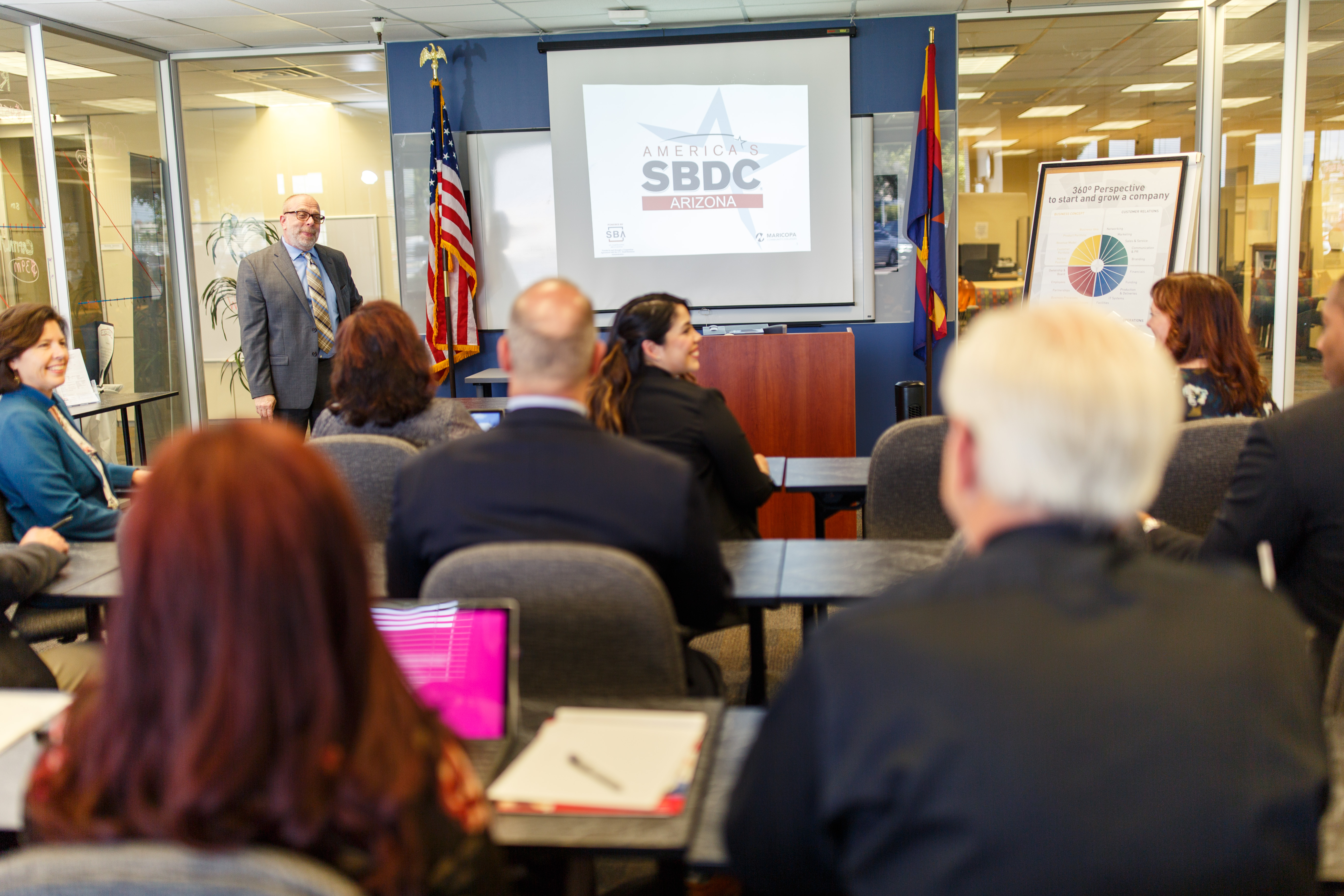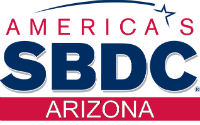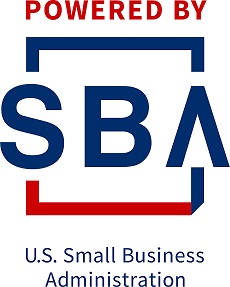Posted by
Self-driving cars have left the need for people at the curb. A Supersonic Hyperloop train is slated to carry people at speeds up to 760 mph in California. The James Webb Space Telescopeis blasting into the ever-expanding galaxy to identify alien life.
And yet the needle for digital use in businesses has hardly budged in 3 years.
The way humans operate is becoming more tech-focused with every passing second, and if you aren’t meeting people in their new natural environment, your business might not make it very long.
Not sure where to stake your digital flag and optimize your current marketing strategy?
Let’s get started right now. Here are five digital marketing trends you can’t afford to pass up in 2018.
1. Organic Facebook Reach Is Dying a Slow Death
You can’t count on an organic Facebook strategy to drive traffic or conversions on your site.
Now is the time to stop thinking that a wave of new likes or follows on the platform equals reach and growth.
If your company has been using social media for a few years, you may have noticed a hard dip in traffic stemming from those sources. The Facebook of yore had looser algorithms, plus there were simply fewer businesses using the platform.
Today, though, Facebook’s algorithm makes it so the average user’s newsfeed isn’t flooded with posts from business pages they like or follow. This means that while your business used to reach 16%, 18%, or even 20% of your Facebook fans for free, that percentage is quickly approaching 0%. Nada. No one.
In fact, Social@Ogilvy ran an analysis of 100 brand pages and found that the more followers a brand had, the lower its organic reach was.
So while thousands of likes meant you were showing up in hundreds of news feeds in years past, thousands of likes today mean, well, thousands of people saw your business Facebook page at least once and decided to like it.
You might be asking yourself, “Why even bother?” Facebook is throwing a wrench into your once-effective organic reach. But that doesn’t mean you should abandon social platforms altogether. And here’s why.
Facebook Advertising Is Worth the Bother
Instead of crafting a Facebook strategy around organic reach, craft a plan around paid.
I know, I know. It’s a pain. Figuring out how to set up a campaign, who to target, and what to budget can seem overwhelming. But the truth is, Facebook collects thousands of data points about each of its users. That’s thousands of data points you don’t have to accumulate and analyze yourself, which would arguably be more expensive, time-consuming, and overwhelming had Facebook not done this heavy lifting for you.
(Remember to find solace in the fact that you aren’t alone. The shift from organic to paid reach is affecting the 50 million-ish businesses using Facebook right now.)
But when you have the right tools, getting seen by any of Facebook’s 2 billion users can be a breeze.
Facebook ads give you an opportunity to hand-pick precise audiences, and you don’t have to spend a lot to do so. With the opportunity to control your reach and spend with each Facebook ad you make, you can ensure that you’re only talking to people who are most interested in what you’re offering.
So while organic Facebook reach is one foot in the grave, use this opportunity to start collecting more high-quality leads and driving targeted traffic to your landing pages and website in 2018.
Want to get started with Facebook ads in 2018? Check out how to maximize ads from the start.
2. Simple Marketing Automation Is Your Friend (and Makes Your Customer’s Experience Personal)
Now, when I say “automation,” I don’t mean you should leave your business to the robots and expect it to succeed.
You still need human touches that are simply enhanced by smart automation, like:
- Personalize your emails to your leads and customers
- Keep your customers up-to-date with deals and steals (or if you just want to say hello)
- Send your leads down personalized journeys
- Learn more about each customer so that you can better cater to their needs
According to Adobe, “…there will be around 29 billion connected devices by 2022, all of them sending and receiving massive amounts of data. No human team could possibly analyze even a fraction of that data.”
Marketing automation undoubtedly better informs your overall strategy by collecting, organizing, and analyzing all of those insights, but it shouldn’t take over your business. People can tell when a robot is running the show, which could lead them to feel disconnected from your brand (and have them questioning when the robot apocalypse is coming).
When you use a marketing automation platform, you’re able to keep a thumb on the pulse of what your leads and customers are doing.
This shot below shows a glimpse of one customer’s journey. By looking at that, I can see how engaged that customer is, what they’re most interested in, and how I can better connect with and nurture them. Insights like this can help me evolve a rock-solid marketing strategy.
.gif)
With easy-to-use automation tools, you’ll be able to tag leads with relevant labels that not only tell you what they’re doing, but also let you organize them and send them through personalized workflows and nurturing sequences. And who doesn’t like being nurtured?
If they make a purchase, add a “customer” tag. Want to get even more specific? Add a tag relevant to what they bought, like “customer_dog_toys.” Precise labels let you further personalize your communications and their entire experience.
Plus, being able to segment and communicate with your list based on real-life, real-time behaviors lets you reach leads at critical times in their journey.
Send them a “thank you” and a coupon toward their next purchase right after they become a customer to build brand loyalty. Make sure to follow up with people who have downloaded ebooks or other assets from your site. Even retarget leads with Facebook ads specific to actions that were tracked with marketing automation. The key is keeping the momentum going after a lead converts—don’t let the flame go out.
Automation removes the guesswork and plows a wide, open path between you and your customers. Your leads will never grow cold, and your insights will only get deeper. So, in the year ahead, use marketing automation to personalize what your customers experience. They’ll be happy, but you’ll be even happier.
3. Landing Pages Are Still Making Your Customer’s Experience Easier (and Your Wallet Fatter)
Nearly one-third of B2B companies don’t use landing pages. And those that have folded landing pages into their strategies aren’t using them to their full potential.
Many marketers don’t use a focused landing page with each campaign, most don’t optimize their pages, and most include multiple calls to action when landing pages should be highly focused.
In fact, it’s not that uncommon to hear the questions, “What’s the difference between a landing page and my website, anyways? Do I really need both?”
To sum it up, websites are great for people to go to and explore your business. They’re stuffed with keywords, context, “About Me” pages, and maybe even your whole online shop. Websites are big. Landing pages, on the other hand, are small.
Landing pages are focused on one thing and one thing only—conversions. If you want someone to check you out, send them to your website. If you want someone to buy your ebook, sign up for your webinar, take a class, or convert in any other way, send them to a landing page.
Landing pages are free from busy nav bars, multiple CTAs, and your entire product list—and, most importantly, friction for your customer.
Not sure what friction I’m talking about?
Here’s an example of a landing page made for a Google AdWords offer.
The entire page is dedicated to explaining the offer I want you to sign up for. There’s no menu—just some informative copy, a slick GIF, and a boldly colored button with a seductive CTA.
Compare this conversion-focused landing page with, say, the website for Google AdWords. There’s a navigation bar that can lead me astray, multiple calls to action to explore, and lots of scrolling text.
In 2018, try these landing page strategies on for size to boost conversions:
-
- Make a dedicated landing page for each ad campaign
Many marketers kick paid ad strategies to the curb when their first few attempts don’t meet goals. One of the biggest reasons paid ad campaigns fail is because, well, they get confusing.Maybe you’ve experienced this sloppy experience before: You click on an ad for a specific thing that you want. The ad directs you to the company’s home page. You try to find the thing from the ad, but you get distracted by everything else on the page. Five minutes pass and you forget why you were there. You shut your laptop and switch on Netflix. You get sucked into a show and start your longest marathon yet.Now if you had just been directed to a focused landing page that made it possible to buy the thing you wanted, you wouldn’t be lost in a Netflix binge you can’t get out of. - Keep up with design trends
People judge a book by its cover. And they’ll judge your landing page, too.Keeping up with the latest design trends not only makes your landing pages more visually appealing, but it also improves the user experience by making it easier for people to navigate.A poorly designed page might appear spammy to prospective leads, and if you place your CTA buttons in obscure areas, people might not know where to click, causing them to get frustrated and head elsewhere. - A/B test for continuous optimization
Even if your landing pages are performing well, there is always room for improvement.Simple changes to CTA button copy, headline copy, images, and background color could reap huge leaps in conversion. Improving on what’s working, and fixing what’s not, is what will help drive real growth for your online business. - Build more pages for more conversions
Companies that use 40 or more landing pages get 12X more conversions than those that use five or fewer. Even an increase from 10 to 15 pages can lead to a 55% increase in the number of leads coming into your sales funnel.
- Make a dedicated landing page for each ad campaign
In 2018, send your leads to designated landing pages that are user-friendly, well-designed, and focused on conversion.
4. Don’t Forget Your Videos and GIFs
Long-form text-heavy content isn’t winning many fans these days, so making your landing page into a veritable textbook will likely turn people away. Always break up long blocks of landing page copy with videos, GIFs, images, and infographics.
Not only do these features break up 2,000 words of copy about your product or service into nice bite-sized pieces, but they also add context to what you’re trying to sell. Adding an image of the product, a clip of your online class, or a GIF that demonstrates what your product does helps leads better understand what your product will help them achieve.
Plus, adding a video to your landing page can increase conversions by 86%.
5. Start Your Blog. Just Do It.
You may have been postponing your content marketing strategy for some time now, but the fact remains that successful digital marketing hinges on valuable content.
In fact, B2B marketers that pump valuable information into article after article see 67% more leads than businesses that don’t have any blogging strategy.
Your blog helps improve search engine optimization, or SEO. This is how search engines determine when and where to show your site in response to search queries.
Google robots crawl your website and determine what it’s all about. If you have nothing on your website, though, Google might not be sure what you’re selling, what industry you’re in, or what search engine results they should place you in. The less Google knows about your website, the more hidden in search results your site will become.
Plus, nearly half of all online consumers will read 3–5 pieces of content on your site before taking out their credit card. Have nothing to read about your product on your site? Odds are good those prospects will move on to a competitor who does.
To avoid being stashed away on page 10 of search engine results, start a strong content strategy in 2018. Your company’s blog should focus on articles relevant to your industry, your target consumers, and your products.
The more relevant information you can write about on your site, the more authority and SEO value your site will carry. Eventually you’ll be ranking on page one of Google search results and getting more clicks than you’ll know what to do with.
Not sure where to start? Put yourself in your ideal lead’s shoes. Make a list of what questions they might have about your product or service, then write a few posts that answer those questions. You’ll start building your authority through the eyes of search engines while building trust with your leads.
If you’re hankering for more ideas about what to start writing about on your site, head over here and get inspired for 2018.
Make 2018 the Best Year for Your Business (and You)
Giving your business a breath of fresh air in the year ahead not only means growth for your company, but it also means you can live your best life. For every milestone you hit in 2018, that’s one step closer to living life on your own schedule and not from 9 to 5.
These five trends will rejuvenate tired marketing strategies and help ensure 2018 is your company’s best year yet.
To help get you started off on the right foot, try a free 14-day trial of Leadpages. With the power to make and run full lead-generating campaigns in a few minutes, you’ll be ahead of the pack as the new year begins.




